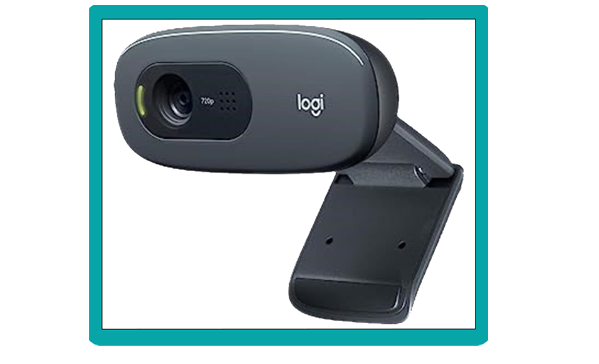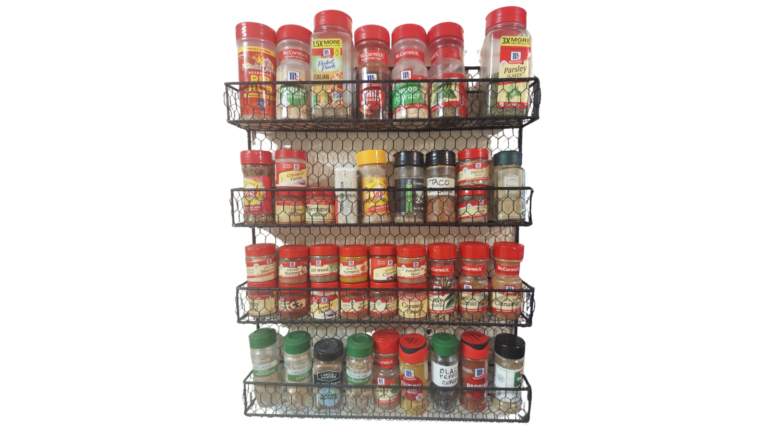If written content is important in your business, don’t ignore this task.
Have you ever met someone who said the one thing they wanted to be when they grew up was a proofreader? I’d be surprised if you did. At least, I know that wasn’t the case with me.
My dream as a 9-year-old in 4th grade (thanks to our teacher, Mrs. McKay, who introduced us to writing book reports, poetry, and stories) was to be a writer someday.
My 2nd grade dream of becoming a teacher vanished into thin air when I got a taste of how much fun it was to make up stories and write about things I was interested in … even book reports (since those were about books I’d enjoyed reading).
Fast Forward 16 Years …
… and yes, I DID become a writer. Although the idea of working at a newspaper didn’t exactly thrill me, choosing Journalism as my major in college seemed the best way to make sure I’d be writing on a regular basis.
During my first full-time job after college graduation, writing was something I did a LOT of in my year as a reporter for two weekly newspapers and as a freelancer, selling my articles to a variety of magazines.
But it wasn’t until I got a job as Managing Editor for a magazine that focused entirely on the field of Amateur Radio (aka ham radio) that I learned how much fun it was to edit (and proofread) other people’s articles.
I remember thinking how lucky I was to get paid for something I enjoyed doing so much.
The Need Is Everywhere
Years later, I had the chance to proofread in other jobs, too — ones where that task wasn’t actually part of my job description.
As a “paste-up” person for a print shop, I was only required to prepare camera-ready art and create ads and flyers for customers … after they’d signed off on the project. More than once, though, I’d catch a mistake that the customer had missed.
Despite being told to ignore it “since the customer had signed off,” I always insisted that we fix the mistake!
In another job, I did word processing for a San Francisco-based law firm, at their Sacramento branch office. It didn’t take long before some of the attorneys and paralegals started having me look at their documents before finalizing them.
Why It’s Important
Over the years, one thing I’ve often seen with businesses — whether they were clients of mine or people I met at either online or in-person networking functions — is that proofreading is often looked at as an afterthought. Something optional.
Occasionally, I’ve offered to proofread a résumé or brochure for someone. But because of the close attention I pay to detail, I’ve often heard things like “Oh, you didn’t have to do all that!” Frustrating, because it made me wonder if they were even going to bother making the changes I’d suggested.
One of my clients, however, is very different. Proofreading is the ONLY thing they had me doing for all of their communications for over a year. Although my tasks for them have expanded since then, proofreading is still a very important part of my weekly schedule with them.
* * *
My “proofreading client” realized what I think more businesses need to understand: that the first impression you make with potential clients and customers (along with EXISTING clients and customers) may be the only interaction you’ll ever have with those people when they visit your website or read your letter or email.
If mistakes are obvious in the communications you send out, there’s a good chance you’ll lose an opportunity for further conversation with that other person — one you never even knew about.
Do Yourself a Favor
If proofreading isn’t something you enjoy doing … or you just don’t have the TIME to do it (despite knowing how important that task is), do yourself a favor and outsource.
Good candidates for this may be easier to find than you realize. A family member or friend who is detail-oriented (AND a good speller) could be the perfect fit for you!
Another option is to do a search on LinkedIn for “proofreader” or “proofreading.” A list of profiles containing that term in their headlines (the content below the person’s name and photo) should appear.
CREATIVITY CONNECTION . . . . .
The next time you have an article, newsletter, or document (a maximum of 3 pages is probably best) that you need to proofread, try recording yourself while reading it aloud.
When you listen to the recording, you may notice a phrase that doesn’t sound quite right … or you may hear a word being repeated two or three times that you didn’t catch while you were writing it.








